Can artificial photosynthesis be an alternative to solar panels?
 Source:
Source:
In 1912, in the journal Science published an article in which Professor Giacomo Ciamician wrote: "Coal is solar energy offers to mankind in its most concentrated form, but the coal is exhausted. Is fossil solar energy the only one that can use modern life and civilization?". Later in this article, he adds:
"a Glass building will be everywhere; inside they will take place the photochemical processes that hitherto have been the guarded secret of plants, but which will be developed by human industry, she learns how to make them give even more abundant fruit than nature, since nature is in a hurry and mankind is on the contrary. Life and civilization will continue as long as the sun shines".
One hundred years of Jamican introduced artificial photosynthesis as a means of weaning from fossil fuels, since the search for a solution continues, and even broke out with renewed vigor.
While solar panel is limited to the theoretical limits of its efficiency, somewhere there is a place for artificial photosynthesis, a long-forgotten cousin of solar panels. It is highly likely that people will continue to burn liquid and solid fuel that burns, while solar panels will only be able to provide us with electricity.
Climate Change gives a new impetus to the research in artificial photosynthesis. Plants do something else useful: catch the carbon dioxide. Most climate models that allow us to fit within the limit of the Paris agreement (2 degrees Celsius), require large amounts of bioenergy with carbon capture and storage of carbon. This technology negative emissions when plants capture carbon dioxide, are transformed into biofuel and then burn. The carbon is captured and sequestered under the ground.
Artificial photosynthesis can be carbon-negative source of liquid fuels like ethanol. Environmentalists often refer to "hydrogen economy" as a solution to reduce carbon emissions. Instead of replacing the entire existing infrastructure — relying on solid and liquid fuels — we just model fuel. Fuel like hydrogen or ethanol can be produced using solar energy as artificial photosynthesis, so we will continue to use liquid fuels with less environmental damage. Universal electrification may be a more complex process than simply switching from gasoline to ethanol.
Artificial photosynthesis is definitely worth exploring. And in recent years had made great strides. Powerful investment from government and charity funds pouring into solar fuel. Is investigated several different photochemical processes, some of which already have the potential to be more effective than even the plants.
In September 2017 national laboratory Lawrence Berkeley has described a new process that can convert CO2 in ethanol, which can then be used as fuel and ethylene, which are needed for the production of polyethylene plastic. This was the first demonstration of a successful conversion of carbon dioxide into fuel and precursors for plastics.
In a recently published paper in Nature discussed the Catalysis technique in which the photovoltaic panel is connected to the device, electronicausa carbon dioxide. Then anaerobic microbe transforms carbon dioxide and water, using electric energy in butanol.
They noted that their ability to turn electricity to the desired products was almost 100 percent effective, and the system as a whole was able to achieve 8% conversion efficiency of sunlight into fuel. It may seem that this is a small number, but 20% is fine for solar panels, directly convert sunlight into electricity; even the most productive plants such as sugar cane and millet, gaining not more than 6% efficiency. That is comparable to the biofuels that are currently being used, like corn ethanol, as corn is less efficient in converting sunlight into stored energy.
Other forms of artificial photosynthesis focused on hydrogen as a possible fuel. Researchers from Harvard recently introduced a spectacular version of "bionic leaf" that can convert solar energy into hydrogen. One of its main advantages is that its effectiveness is growing rapidly, if you give him "breathe" by pure carbon dioxide. If we're going to live in the future, in which huge volumes of carbon dioxide extracted from the atmosphere, now we will have very good alternatives. Although recently people don't like this idea (thermodynamics using electricity to split water into hydrogen and oxygen is not always perfect) are still being carried out research on fuel cells for vehicles and hydrogen for heating homes, especially in Japan.
One of the problems associated with any effort to create artificial photosynthesis is that the more steps you have to be in the process of conversion, the more energy will be lost along the way. The use of electrified appliances with the energy generated directly from the sun, will be much more effective than any scheme of transformation of electricity and carbon dioxide into fuel, you'll burn to restore the shares of the electrical input.
In addition, from an environmental and practical point of view, the construction of a billion artificial plants may be much less feasible than sowing seeds for a few well-selected types of biofuels. On the other hand, these plants often require good soil, which is rapidly deteriorating due to agricultural pressure. Biofuels are already suspected of using land that could feed the growing population. Plus artificial photosynthesis that you can see how these plants thrive in the desert or even in the ocean.
As is often the case, we draw inspiration from nature but to understand her, to subdue and even improved is a problem for us.
...Recommended
What will be the shelter for the first Martian colonists?
Mars is not the friendliest planet for humans While the Red Planet is roaming rovers, researchers are pondering the construction of shelters and materials needed by future Martian colonists. The authors of the new paper suggest that we could use one ...
New proof of string theory discovered
Just a few years ago, it seemed that string theory was the new theory of everything. But today the string universe raises more questions than answers String theory is designed to combine all our knowledge of the Universe and explain it. When she appe...
What is the four-dimensional space?
Modeling camera motion in four-dimensional space. View the world in different dimensions changes the way we perceive everything around, including time and space. Think about the difference between two dimensions and three dimensions is easy, but what...
Related News
Svalbard global seed vault, it was decided to improve
On the island of Spitsbergen, located in the Arctic ocean in 2006 was built a unique structure – the world Bank-selenoprecise. It was decided to store planting material for almost all agricultural plants existing in the world, in ...
In the future we are not going to edit the genome. We will create a new
ever since the Sumerians first want to drink beer, and that was thousands of years ago, Homo sapiens had close relationships with Sacharomyces cerevisae, unicellular fungi known as yeast. Due to the fermentation that people can us...
For the first time, scientists want to move the stuff from one place to another
We all seen and read about how the hero of some sci-Fi movie or book flying on a spaceship that uses as fuel the antimatter, and then landed on a hostile planet, pulls out his Blaster, charges of antimatter and... What happens nex...
Every fossil is a small miracle. As noted by bill Bryson in his book "a Short history of almost everything", just one bone in a billion becomes a fossil. In such calculations, all fossilized legacy of the 320 million people living...
Scientists have invented a new way to store data inside DNA
the Future of technology lies not only in the constant growth of computing power of processors or the transition to quantum computers, but also in the evolution of storage devices. Humanity generates a huge amount of information, ...
Five amazing facts about our ancestors that we have learned from DNA
Not so long ago scientists used DNA of one of the oldest English skeletons (10,000 years) to find out how it looked the first inhabitants of Britain. However, ancient DNA of the skeleton is taken not for the first time and reveals...
Scientists got the "impossible" form of ice that can only exist on Uranus
a team of scientists from Lawrence Livermore National laboratory Lawrence had a unique form of ice, called superionic ice (superionic ice). The main feature of this ice is that it consists of a solid crystal lattice of oxygen atom...
Created superdivision, on the strength comparable to metal
Titanium alloys, perhaps, one of the most durable materials on our planet. But they have two very unpleasant drawback: they are very heavy and very expensive. Scientists from the University of Maryland (UMD) have invented an alter...
Graphene could solve five major problems of the world
In September 2015, world leaders gathered at the historic UN summit to adopt the goal of sustainable development (SDG). Seventeen of these ambitious goals and indicators will help guide and coordinate government and international ...
China successfully conducted a unique operation to restore the ears of children
a Group of five children in China got new ears, grown on the basis of a detailed three-dimensional models of healthy organs and using their own healthy cells. This is the first such case in the world of medicine. On the work done ...
What will happen to science in the near future?
If you go back 30 years ago, the world would be completely different. The only known planets were the planets of the Solar system. We had no idea what dark energy is. No space telescopes. Gravitational waves were an unproven theor...
Scientists close to creating artificial life forms
it would Seem that the creation of artificial life – the lot fiction. But development in this area being the first year. And the question now is not about artificial intelligence or robotic mechanisms. A group of American research...
Can genetics to make animals smarter?
advances in neural implants and genetic engineering suggest that in the near future we will be able to enhance human intelligence. For example. If we succeed, if we should take the brothers with you? The improvement of the human b...
Cosmetic company L'oreal grows human skin specifically for China
the Cosmetic industry in recent years stepped far forward, and to test new cosmetic products now use a specially grown human skin. But as you know, the skin of people of different nationalities at the micro level may be very diffe...
Robot scientist discovered a new drug
Development and testing of new drugs – employment is extremely long and labor-intensive. But, like everything in the modern world, this area of pharmacology is sometimes to "instruct" robots, because they can calculate all possibl...
Physicists accelerate beams of light in a curved space in the laboratory
Physicists have managed to demonstrate the acceleration of the light rays on flat surfaces when accelerating led to the fact that the rays follow curved trajectories. However, a new experiment has expanded the boundaries of what y...
Scientists have created a gamma ray burst in the laboratory
Gamma ray bursts, the powerful flashes of light — these are the brightest events in our Universe, which do not last longer than a few seconds or minutes. Some are so bright that they can be seen with the naked eye, like burs...
Physics of the Tomsk state University are developing levitation 3D printer
a New method for ultrasonic 3D printing has developed the physics of the Tomsk state University. Recently they have developed a setup for levitation of small particles that will be used as the basis for the levitation of a new 3D ...
Appeared in Dubai's first vertical farm
the world is not the first day is developing projects for the greening of cities and the establishment of so called «vertical farm», which will not only improve the ecological environment, but also significantly save spa...
10 scientific stories of 2017, which will seem fantastic
And now it is time to sit down, look back, take a deep breath and look at the headlines of scientific articles that we might otherwise miss. Scientists are constantly pleasing us with new developments in various fields. Nanotechno...


















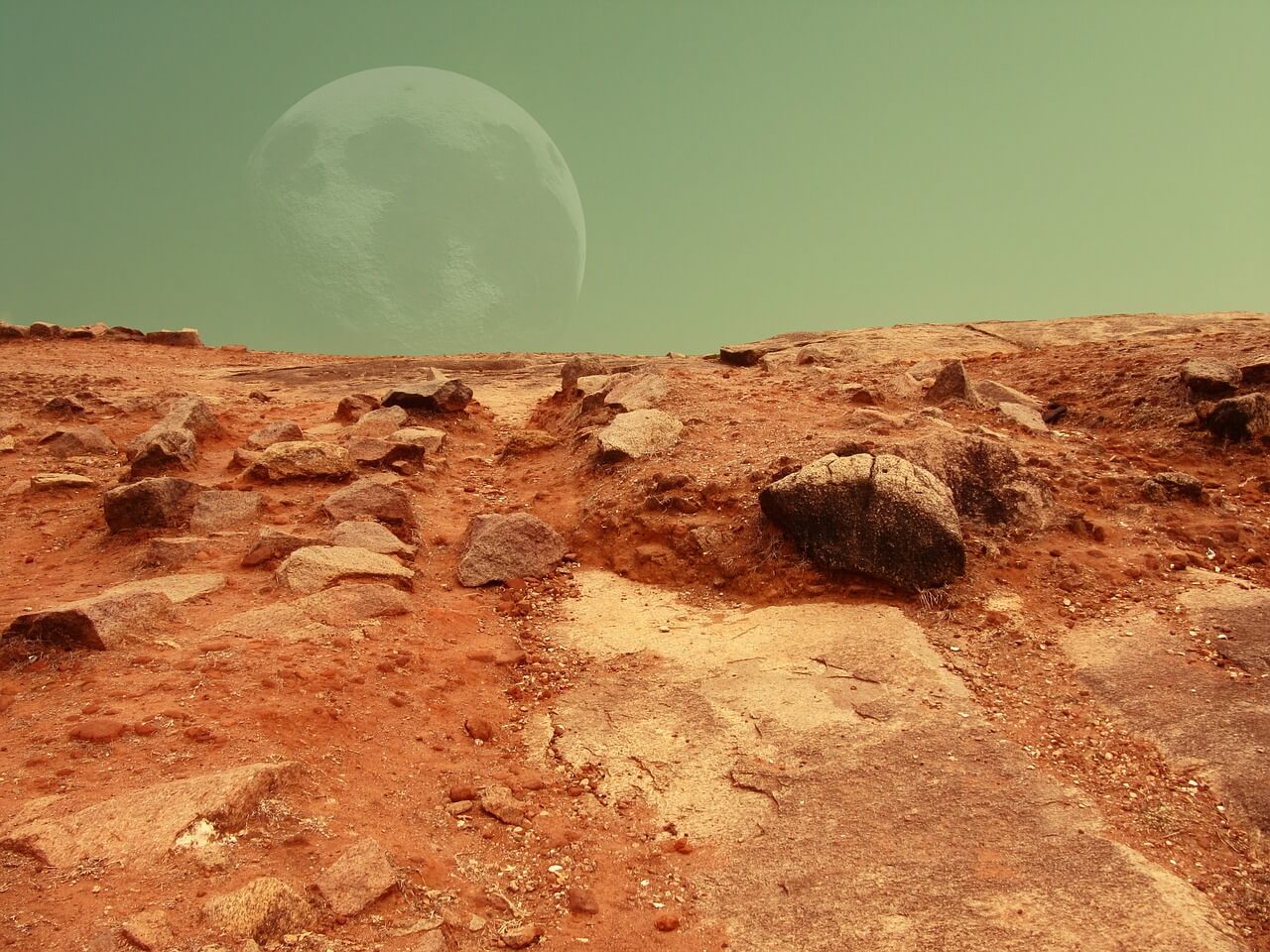
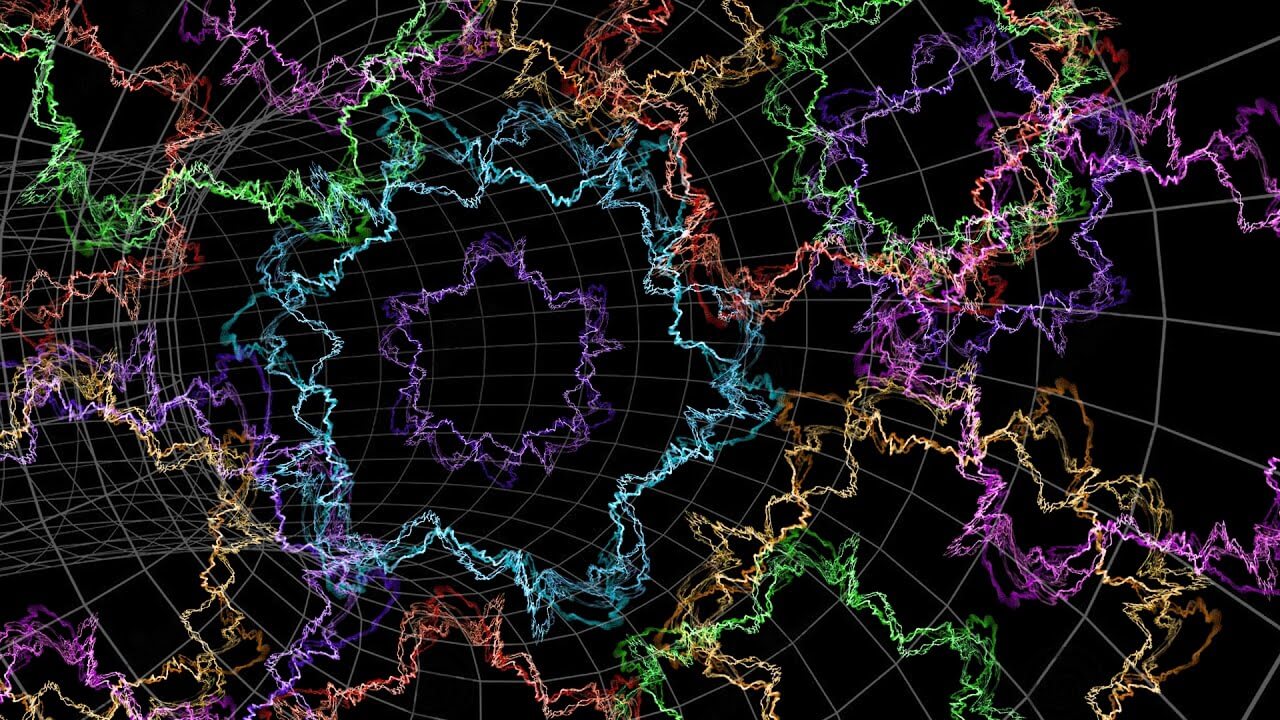
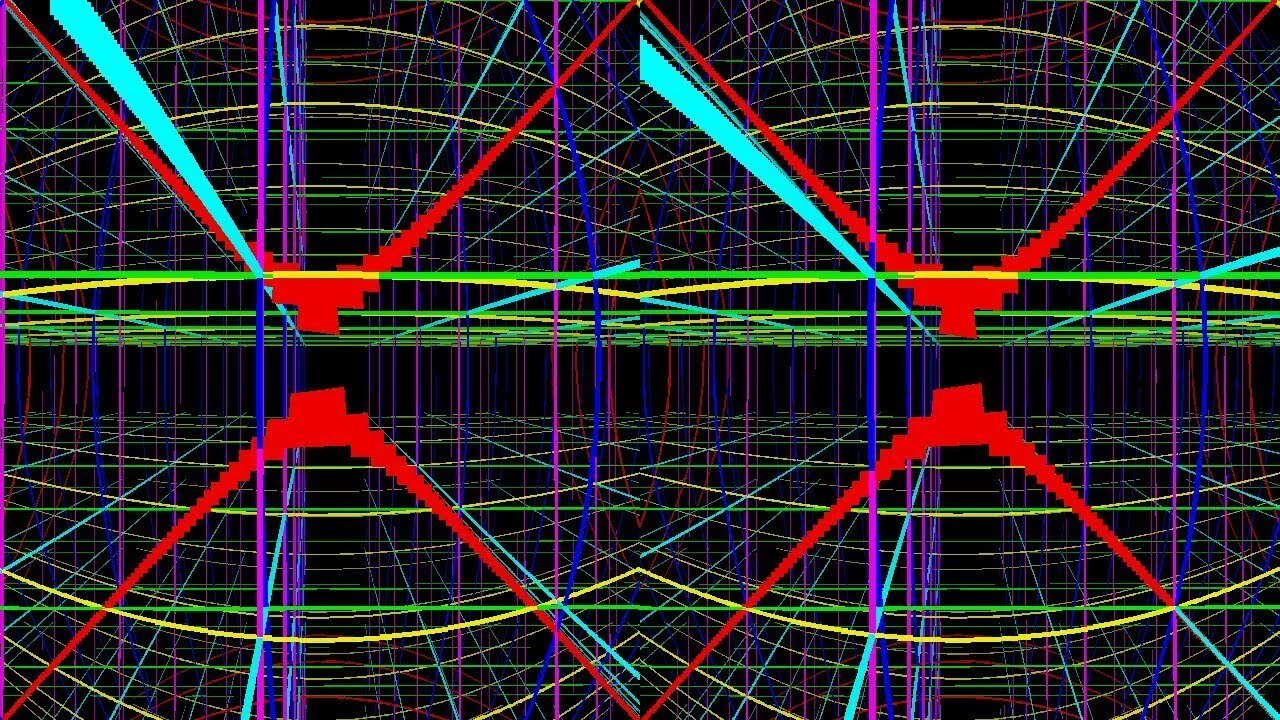
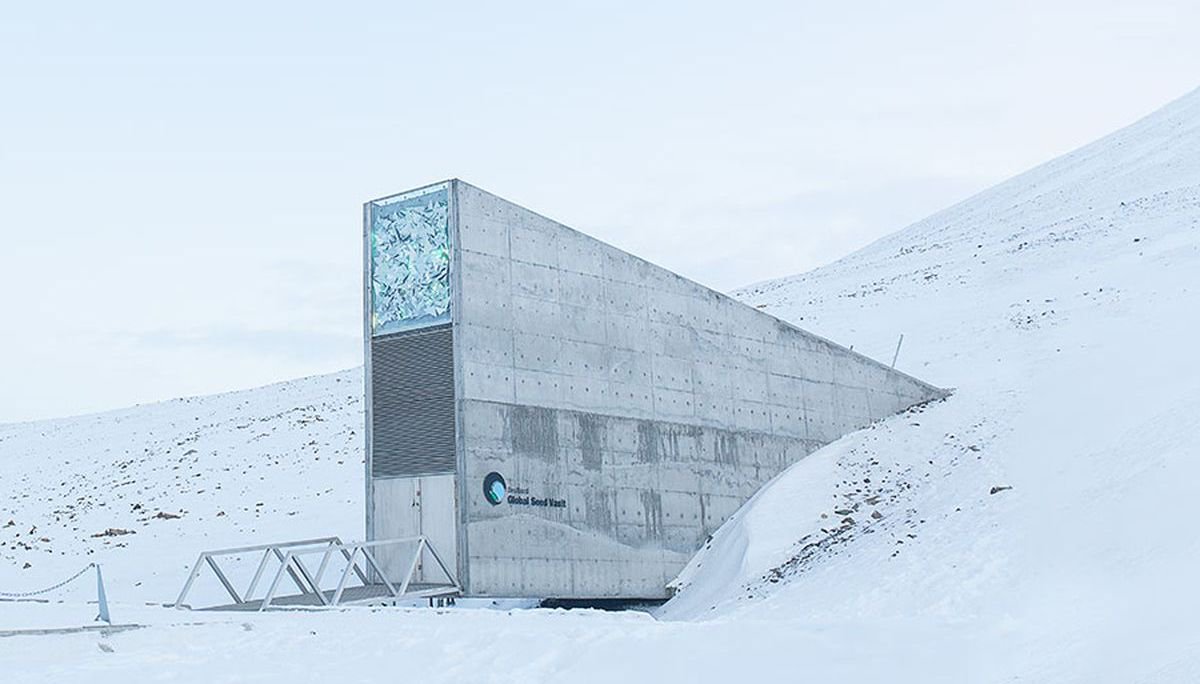
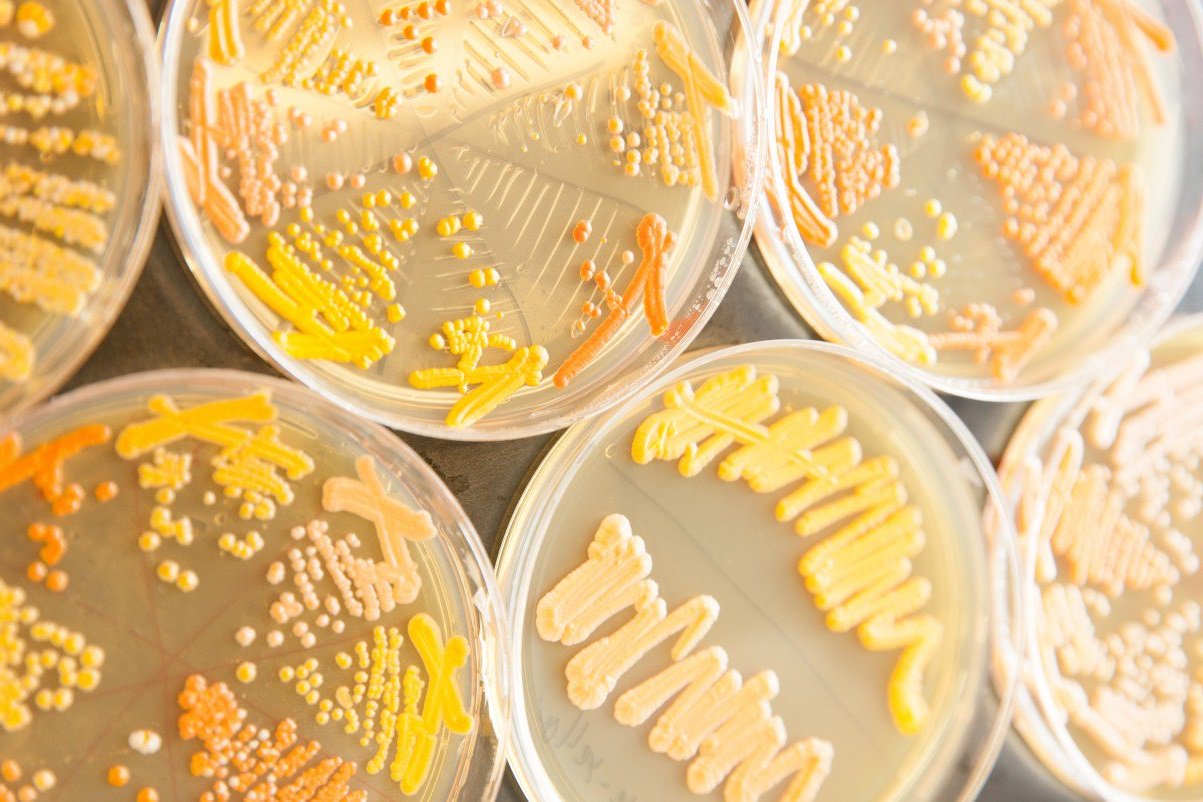


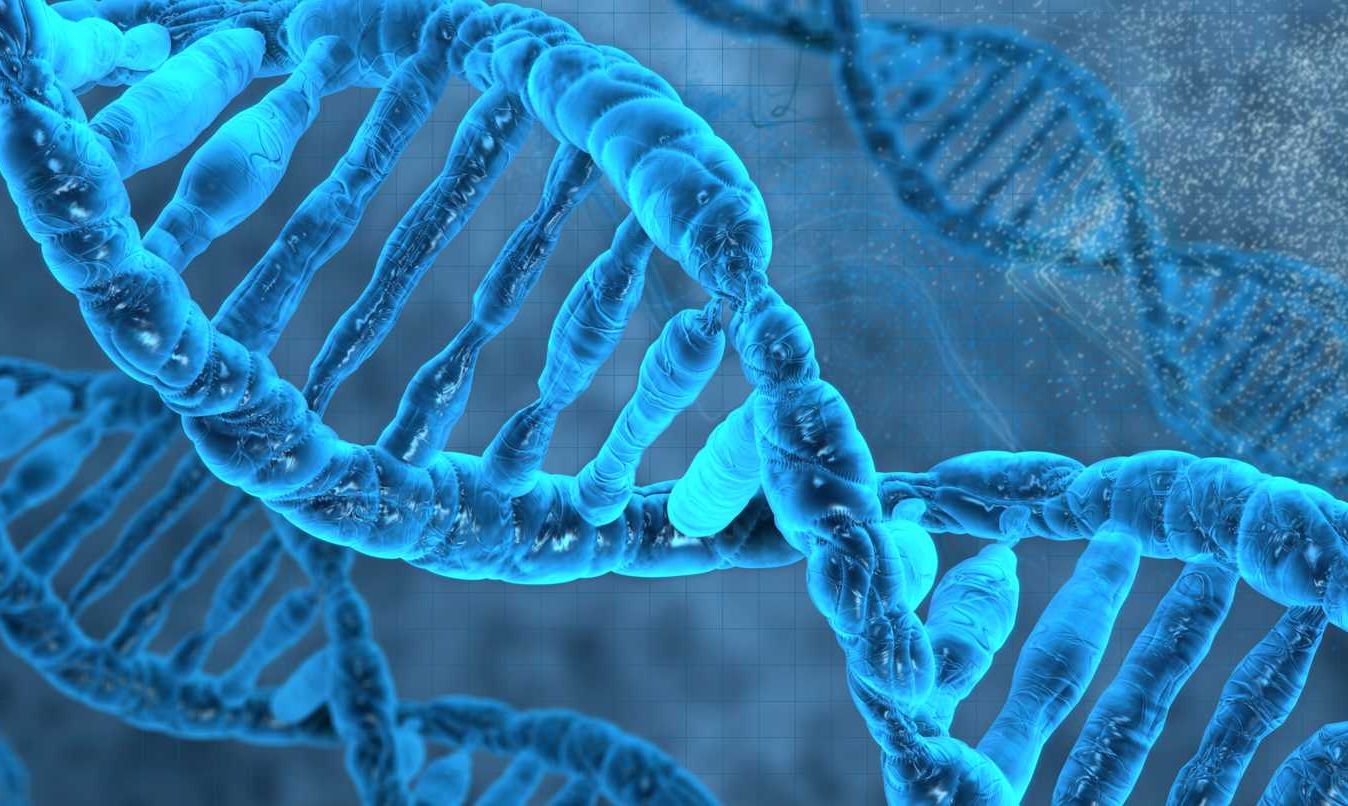
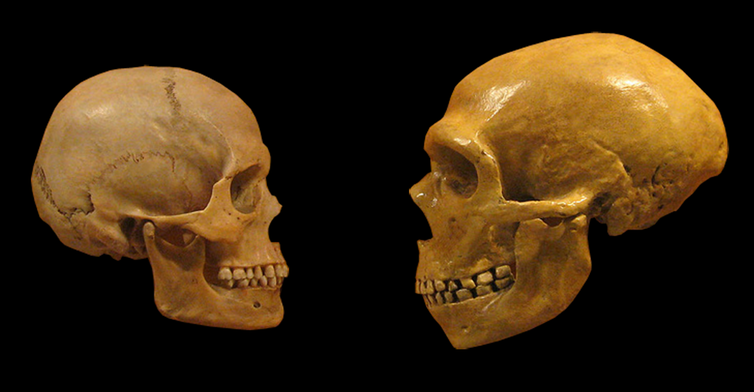

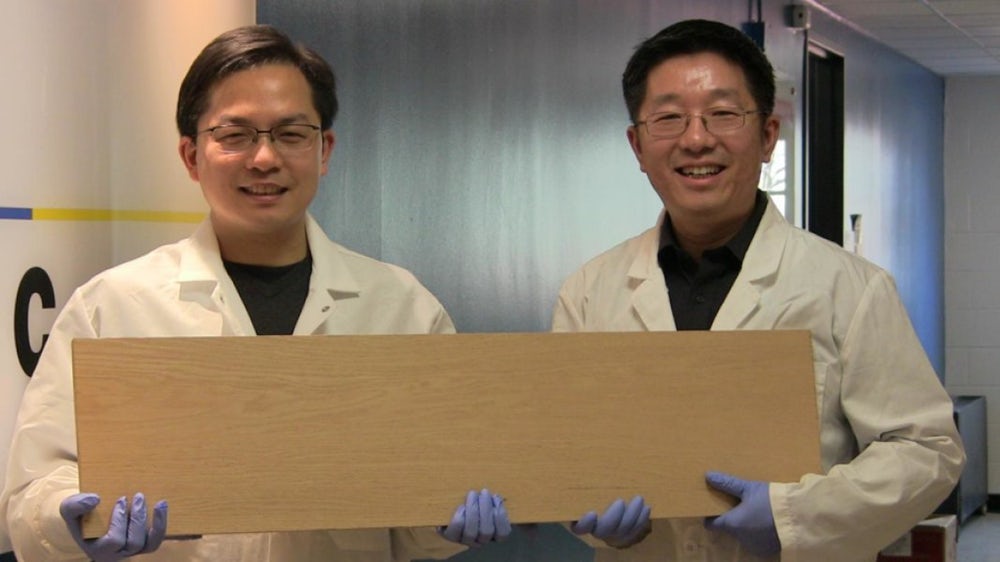
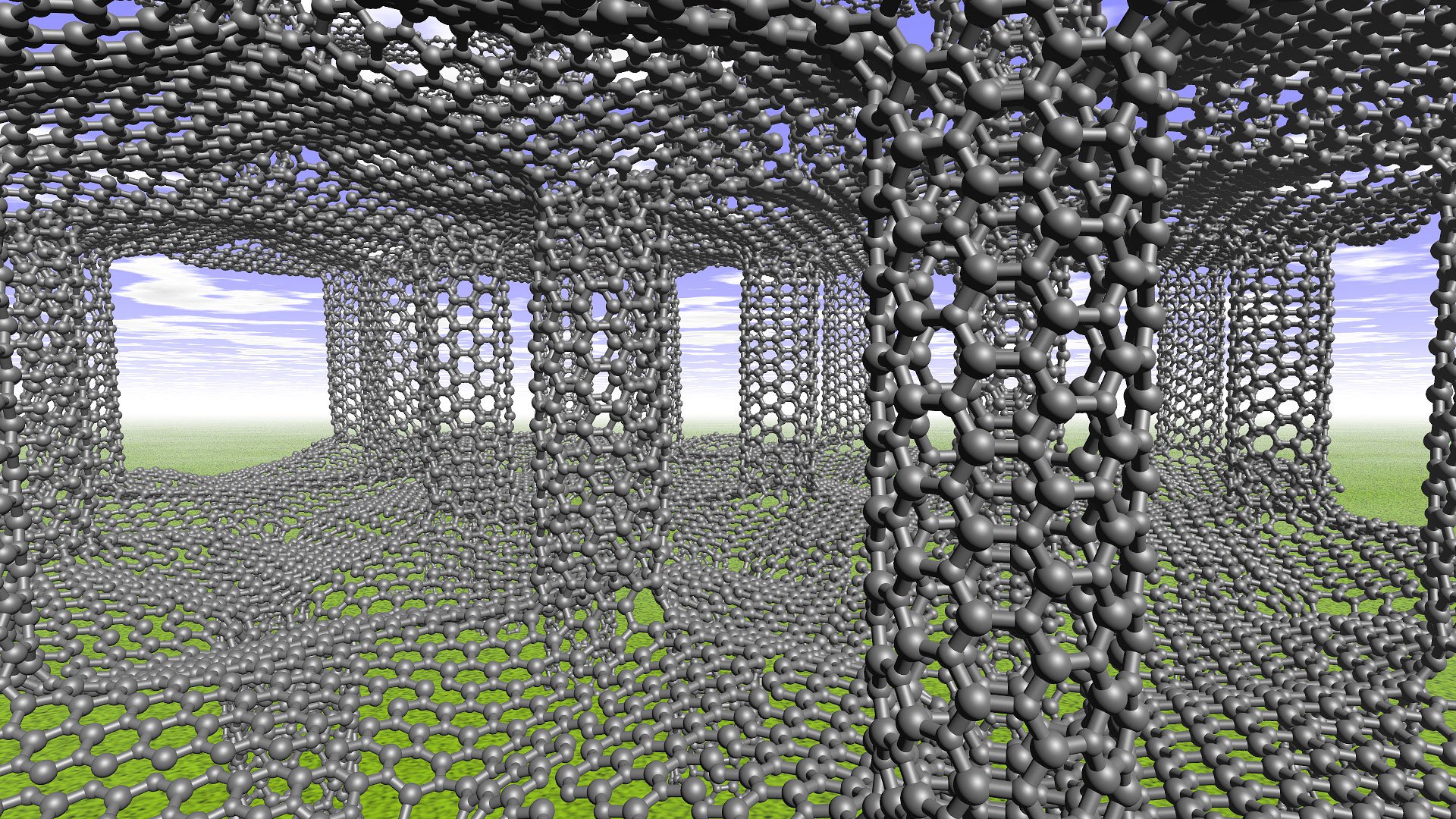


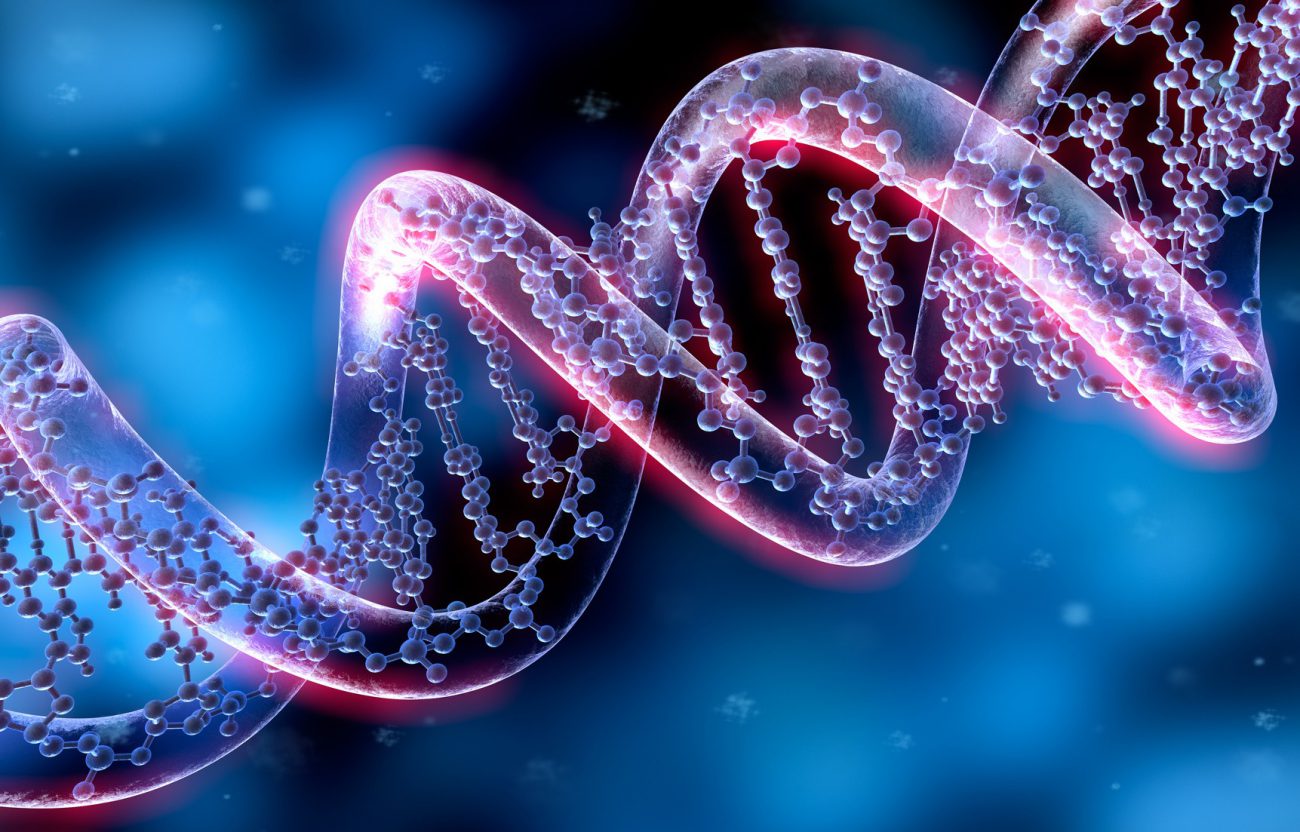





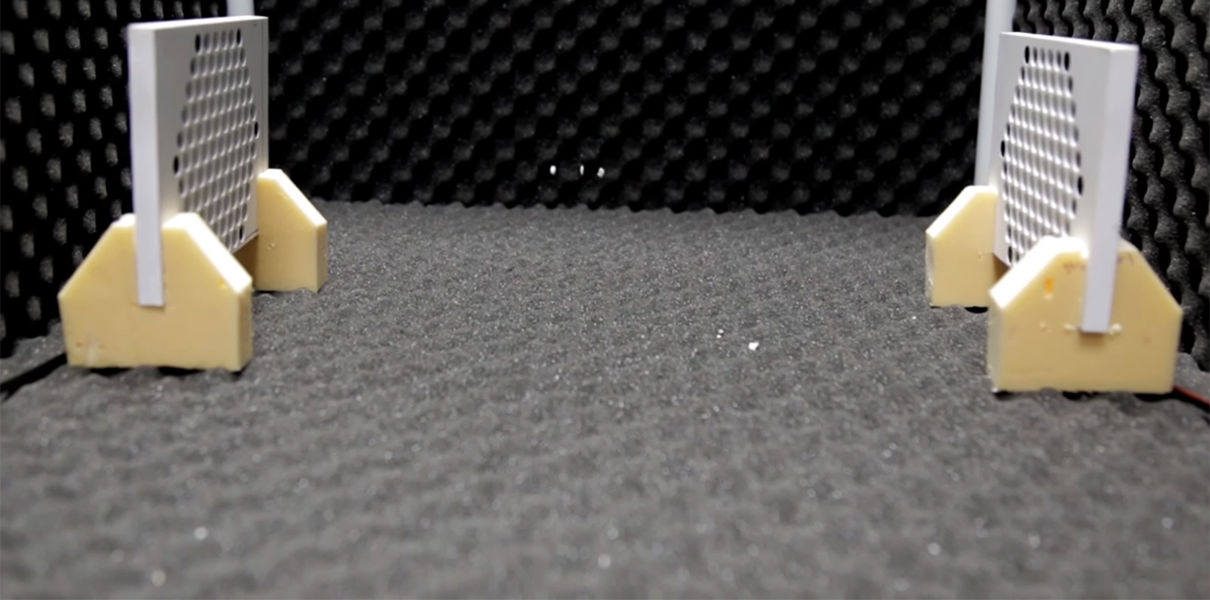

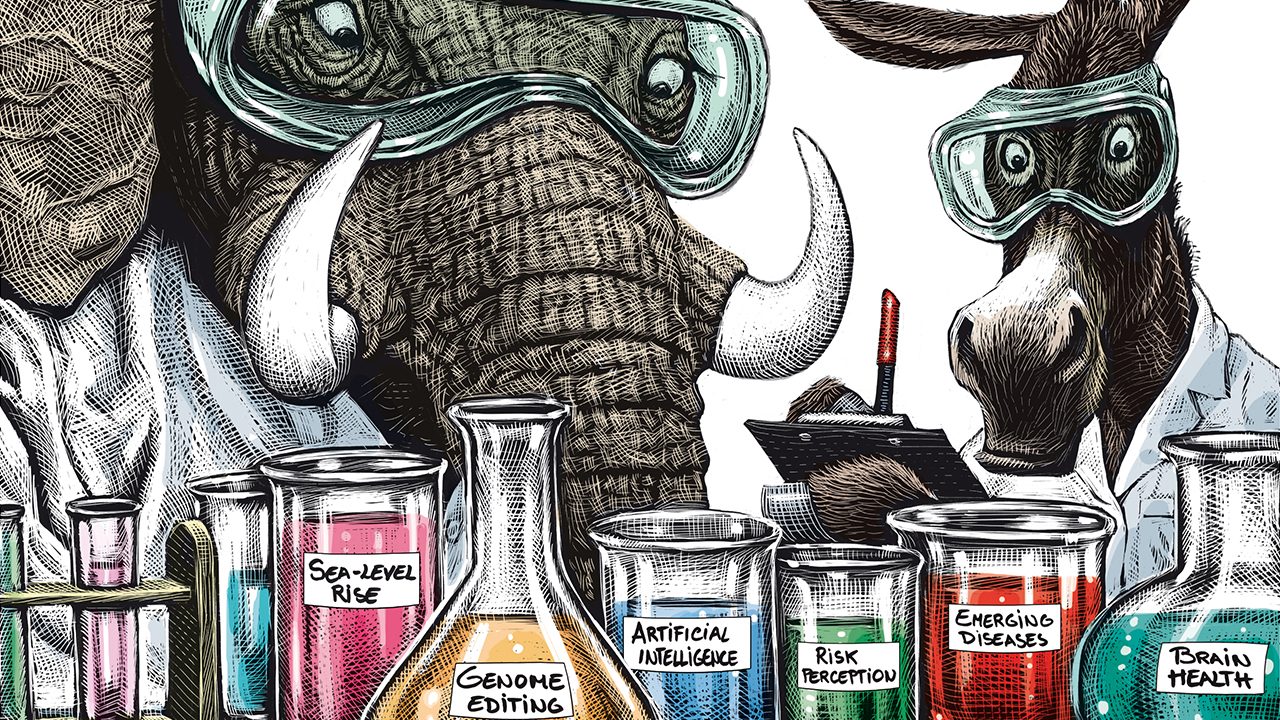
Comments (0)
This article has no comment, be the first!